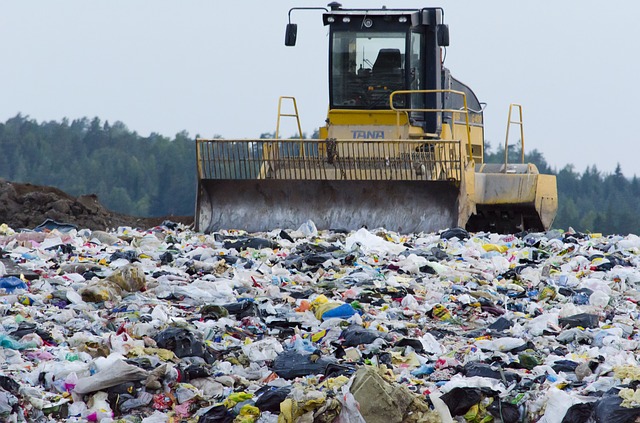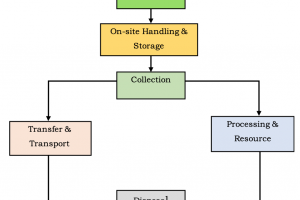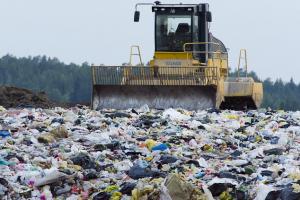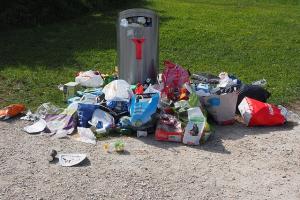Solid Waste Disposal Landfill Site Selection

The selection of a landfill site involves careful consideration of various factors to ensure the proper disposal of waste and minimize potential environmental and health risks. While specific criteria may vary depending on local regulations and conditions, here are some common factors to consider when selecting a landfill site:
Criteria for Selection of Land fill Site for Solid Waste Disposal
Proximity to population centers: Landfills should be located away from densely populated areas to minimize potential health risks associated with odors, air pollution, and water contamination.
Geological and hydro-geological conditions: The site should be geologically stable and free from seismic activity, flood-prone areas, and areas with high water tables to prevent contamination of groundwater.
Soil quality: The soil at the site should be suitable for waste disposal, with low permeability to minimize the migration of contaminants into the surrounding environment.
Adequate land availability: Sufficient land area is required to accommodate waste disposal needs for an extended period, taking into account projected population growth and waste generation rates.
Accessibility and transportation infrastructure: The site should have convenient access to transportation routes, including roads, railways, and waterways, to facilitate waste transportation.
Environmental and ecological considerations: Potential impacts on sensitive ecosystems, habitats, endangered species, wetlands, or protected areas should be assessed and minimized.
Air quality considerations: Landfills should be situated away from areas with poor air quality to prevent additional pollution and minimize odors.
Noise and visual impact: The site should be located away from residential areas and scenic landscapes to minimize noise pollution and visual blight.
Buffer zones: Adequate buffer zones should be established to separate the landfill site from neighboring communities, water bodies, and environmentally sensitive areas.
Land-use compatibility: Consideration should be given to existing and future land uses, such as agricultural, industrial, or residential areas, to minimize conflicts and potential land-use restrictions.
Regulatory compliance: Compliance with local, regional, and national regulations, permits, and zoning requirements is crucial to ensure legal and environmentally sound waste disposal practices.
Community engagement: Stakeholder involvement and public participation should be considered to address concerns, ensure transparency, and foster community acceptance.
Points to Consider in Selection of Solid Waste Landfill Site Location
Other important points to consider in the selection of Landfill site location are as follows:
- Land area and volume should be sufficient enough to provide landfill capacity so that the projected need can be fulfilled for several years. In this way, the cost coming on all that procedure can be justified.
- The landfill site should not be at locations where suitable buffer zones between the landfill site and the population are not available.
- The landfill area having a steep gradient (where the stability of the slope could be problematic) should not be selected.
- The water level in the ground water table should be sufficient below the base of any excavation to enable landfill development.
- The land is significant environmentally (lands of biodiversity); the sensitive ecological area of such land should be present within the potential area of the landfill site.
- Public & private irrigation water supply wells should be well away from the boundaries of the landfill site because these supply wells will be at risk of contamination.
- Landfill areas should not be very close to significant water bodies (water courses or dams). There will be the risk of contamination of water bodies, which can be hazardous for aquatic life.
- No major power transmission or other infrastructure like sewers, or water supply lines should be crossing through landfill developmental areas.
- No residential development should be near the boundaries of a landfill site. The waste disposal site must be very away from residential or commercial areas and water resources.
- Landscaping and protective shelf should be included in the design so that to minimize the visibility of operations.
- Unstable areas that have a significant seismic risk which could cause the destruction of berms are not recommended for landfill sites.
- There should not be fault lines and significantly fractured geological structures. These fault lines can allow the unpredictable movement of gas within 500 meters of the perimeter of the proposed landfill development.
- Groundwater quality should not be disturbed during the site developmental phase. There should be monitoring facilities at the site in order to ensure that groundwater quality is maintained.
- In areas under the laws of the concerned municipality, it should be the responsibility of the municipality to identify landfill sites and handover to operators for operations.
- The selection of landfill sites should be based on the examination of environmental issues.
- The landfill site should be near the waste recycling facility otherwise, the waste recycling facility should be planned as an integral part of the landfill site.
- Biomedical wastes should be disposed of in accordance with guidelines issued by the Ministry Of Health, Government of Pakistan.
Also See: Hospital Waste
Landfill sites should be away from airports. There is a need for approval from airbase authorities like civil aviation authorities of the Government of Pakistan for setting up landfill sites in case the site is to be located within ten kilometers of an airport boundary. It's important to note that the selection process for a landfill site should involve comprehensive studies, including environmental impact assessments, hydrogeological surveys, and consultation with experts from various fields, to make informed decisions and minimize potential adverse effects.












